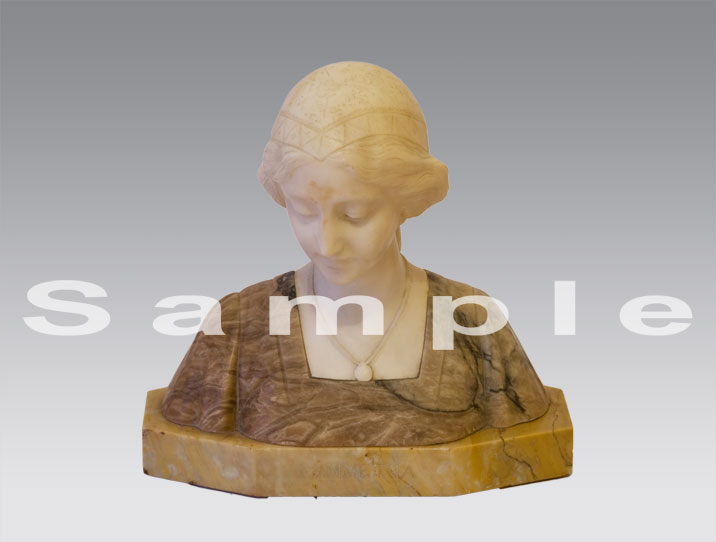
Objekte > Jugendstil > Schmuck
Peter Berenz - Objekt XY

The style, key aesthetic characteristics, materials, and techniques used in the creation of a piece of sculpture reflects the region from which it originates. Sculptures often have unique functions that vary widely from one geographical region to the next. In West Africa, the earliest known sculptures are from the Nok culture of Nigeria, which dates around 500 BC. The figures of West African sculptures typically have elongated bodies, angular shapes, and facial features that represent an ideal rather than an individual. These figures are used in religious rituals. They are made to have surfaces that are often coated with materials placed on them for ceremonial offerings. In contrast to these sculptures of West Africa are the ones of Mande-speaking peoples of the same region. The Mande pieces are made of wood and have broad, flat surfaces. Their arms and legs are shaped like cylinders. In Central Africa, however, the main distinguishing characteristics include heart-shaped faces that are curved inward and display patterns of circles and dots. Although some groups prefer more geometric and angular facial forms, not all pieces are exactly the same, nor are they made of the same material. The primary material is wood, though ivory, bone, stone, clay, and metal are also used. The Central African region has very striking styles that are very easy to identify, making regional identification very easy. "Green Head", Egypt, 500BC Altes Museum Eastern Africans are not known for their sculpture, but, one type that is created in this area is pole sculptures, which are poles carved in human shapes, decorated with geometric forms, while the tops are carved with figures of animals, people, and various objects. These poles are, then, placed next to graves and are associated with death and the ancestral world.